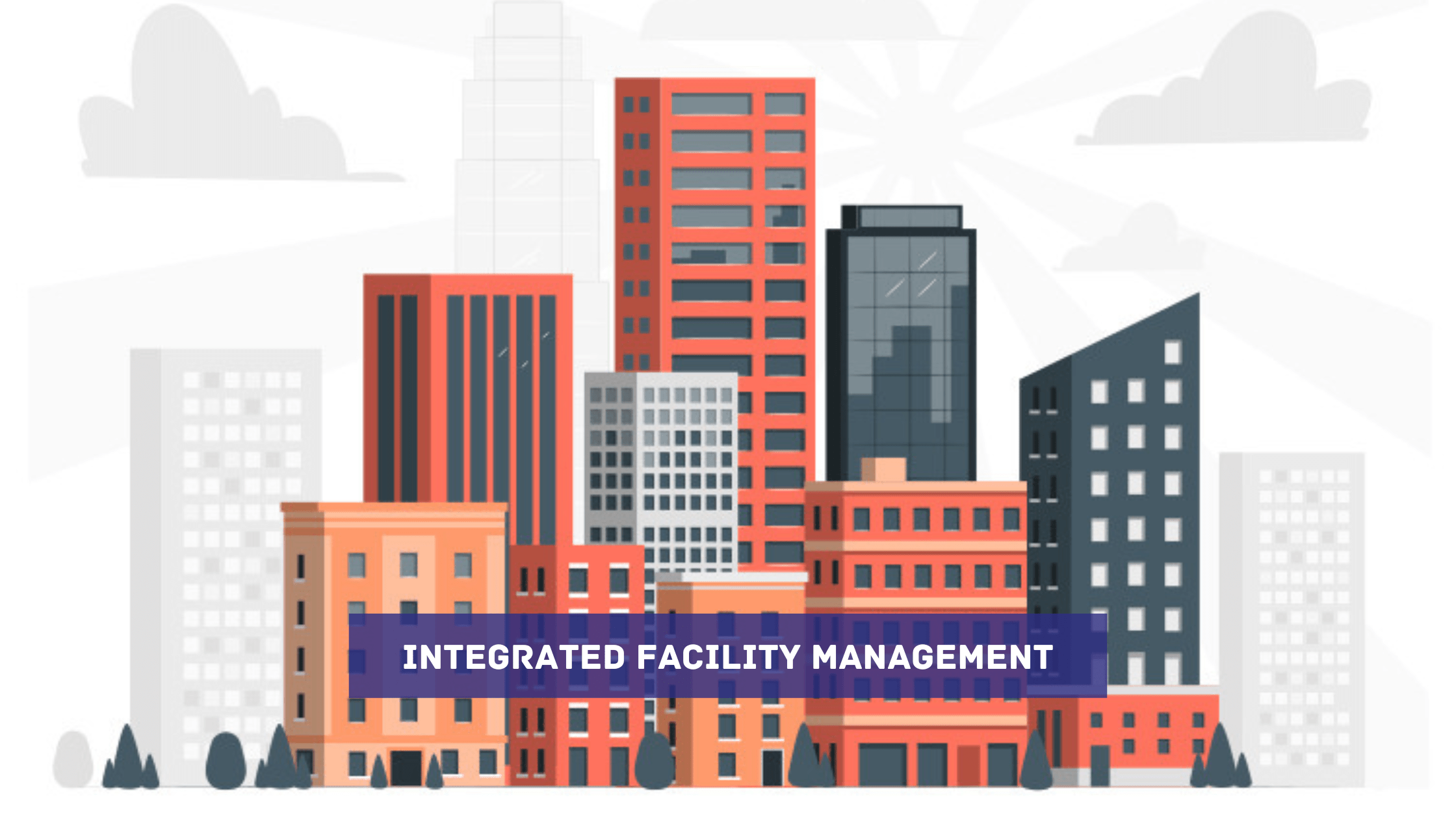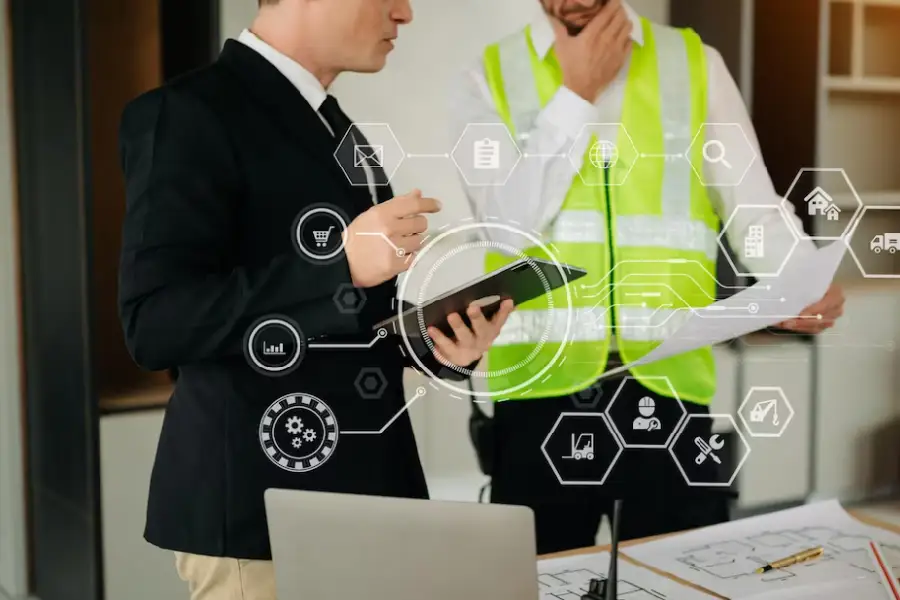Best Practices for Streamlining Facility Management Processes and Protocols
Best Practices for Streamlining Facility Management Processes and Protocols
Blog Article
The Vital Guide to Center Monitoring: Methods for Success
Facility monitoring plays a vital role in the overall success of an organization, serving as the backbone that supports efficiency, safety, and effectiveness. The subtleties of effective facility administration prolong past mere logistics and require a comprehensive understanding of both qualitative and quantitative metrics.
Understanding Facility Administration
What constitutes efficient facility management? Reliable center monitoring incorporates the coordination of numerous business features to ensure that built environments are risk-free, efficient, and for efficiency. Facility Management. It integrates the principles of organization, architecture, and engineering management to produce a seamless operational circulation within a company
Key elements of facility monitoring include space planning, maintenance administration, and conformity with health and safety policies. Space planning concentrates on enhancing making use of physical resources to sustain business objectives, while upkeep monitoring guarantees that facilities are maintained in ideal condition, taking full advantage of lifespan and minimizing functional costs. Conformity with regulative and lawful standards is vital, as it safeguards the organization versus potential obligations and boosts its credibility.
Moreover, effective center management depends on the tactical usage of innovation, such as Structure Management Systems (BMS) and Computer-Aided Center Administration (CAFM) devices. These technologies assist in real-time surveillance of structure systems and streamline maintenance processes. Eventually, a detailed strategy to center management not just promotes functional effectiveness yet additionally cultivates a favorable setting for employees and visitors alike, driving overall business success.
Key Methods for Optimization
Enhancing center administration needs a critical approach that aligns operational exercise with organizational goals. To achieve this, the very first essential method is the application of integrated technical options. Using sophisticated software application systems permits real-time tracking of center operations, helping with data-driven decision-making and enhancing overall efficiency.
Second of all, regular analyses of center performance are necessary. Carrying out regular examinations and audits makes it possible for facility managers to recognize locations that need improvement, guaranteeing that resources are assigned effectively. This positive approach aids in minimizing downtime and boosting solution delivery.
An additional vital approach is promoting collaboration throughout departments. By urging open interaction between teams, center managers can much better straighten their approaches with business objectives, leading to boosted operational harmony. Furthermore, engaging staff in training programs promotes a society of responsibility and enhances their capacity to contribute to optimization initiatives.
Enhancing Safety Protocols
Reinforcing security protocols is necessary for creating a safe and secure environment within centers. An extensive safety and security protocol not just protects workers and site visitors but likewise boosts operational efficiency. To attain this, center managers have to conduct routine threat evaluations to recognize potential dangers and ensure that ideal measures are in location.
Educating and education and learning are vital parts of effective security procedures - Facility Management. Staff members should obtain recurring training in emergency procedures, devices handling, and personal safety actions. Normal drills, such as fire evacuations or lockdown procedures, foster experience and preparedness among staff
Furthermore, clear interaction networks must be established to report security worries without delay. This consists of creating an available platform for workers to articulate prospective dangers or cases without fear of reprisal. Leveraging technology can improve safety and security measures; for instance, executing security systems and access controls helps keep an eye on center activities and restrict click here unauthorized entry.
Last but not least, conformity with local policies and industry standards is non-negotiable. Routine audits and evaluations of security protocols make certain positioning with present laws and ideal practices. By prioritizing these strategies, center managers can grow a culture of safety that safeguards all stakeholders and inevitably adds to the company's success.
Improving Office Environment

Ergonomic factors to consider are important to minimize physical stress and discomfort. Facility Management. This includes supplying flexible furnishings, appropriate lighting, and adequate room for activity. These modifications can cause minimized absenteeism and enhanced job contentment
Aesthetics play a vital role in shaping the office environment. Using shade psychology, all-natural illumination, and greenery can promote a inviting and more info stimulating atmosphere. Thoughtfully created areas can boost creative thinking and boost overall health.
Moreover, urging employee interaction with inclusive decision-making procedures can improve the feeling of ownership and belonging. Gathering comments on work environment improvements and including workers in the style process can lead to a more tailored environment that satisfies their requirements.
Finally, promoting well-being initiatives, such as health cares and relaxation areas, can better add to an encouraging office society. By concentrating on these methods, center managers can efficiently improve the office setting, driving both worker fulfillment and organizational success.
Gauging Success in Facilities
Gauging success in facility management calls for a thorough technique that reviews both qualitative and quantitative metrics. Measurable metrics commonly consist of essential efficiency indications (KPIs) such as room application rates, power consumption, upkeep expenses, and occupancy degrees. These metrics give a clear image of operational performance and economic efficiency, enabling facility managers to recognize locations for enhancement and benchmark versus sector criteria.
Qualitative metrics, on the other hand, concentrate on individual satisfaction and staff member engagement. Studies and feedback devices can determine exactly how well the facilities satisfy the demands of passengers, aiding to examine the general workplace environment. This aspect is essential, as a satisfied workforce is frequently linked to raised efficiency and retention rates.
To successfully measure success, facility supervisors need to additionally think about integrating modern technology, such as building administration systems and information analytics tools, to collect and analyze appropriate information. On a regular basis examining both collections of metrics enables an extra well balanced view of performance and educates tactical choices. Inevitably, an effective facility administration approach depends upon a commitment to constant enhancement, making certain that both operational efficiencies and customer complete satisfaction are prioritized.
Final Thought

Facility management plays a crucial duty in the general success of a company, offering as the backbone that sustains performance, safety, and productivity.Secret components of facility administration consist of room planning, here maintenance monitoring, and conformity with health and wellness and security laws.Furthermore, efficient center administration counts on the strategic use of innovation, such as Structure Management Systems (BMS) and Computer-Aided Facility Management (CAFM) tools. Inevitably, a comprehensive method to center monitoring not just advertises functional efficiency but likewise promotes a favorable setting for staff members and site visitors alike, driving total business success.
Inevitably, an effective center monitoring approach hinges on a commitment to constant renovation, making certain that both functional effectiveness and individual satisfaction are prioritized.
Report this page